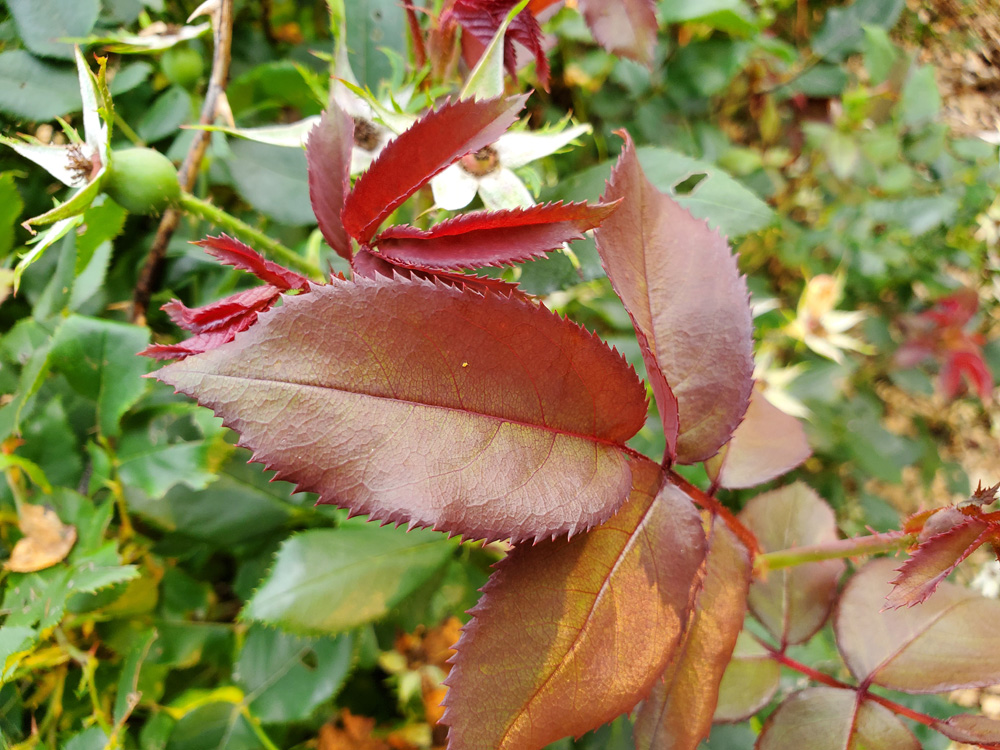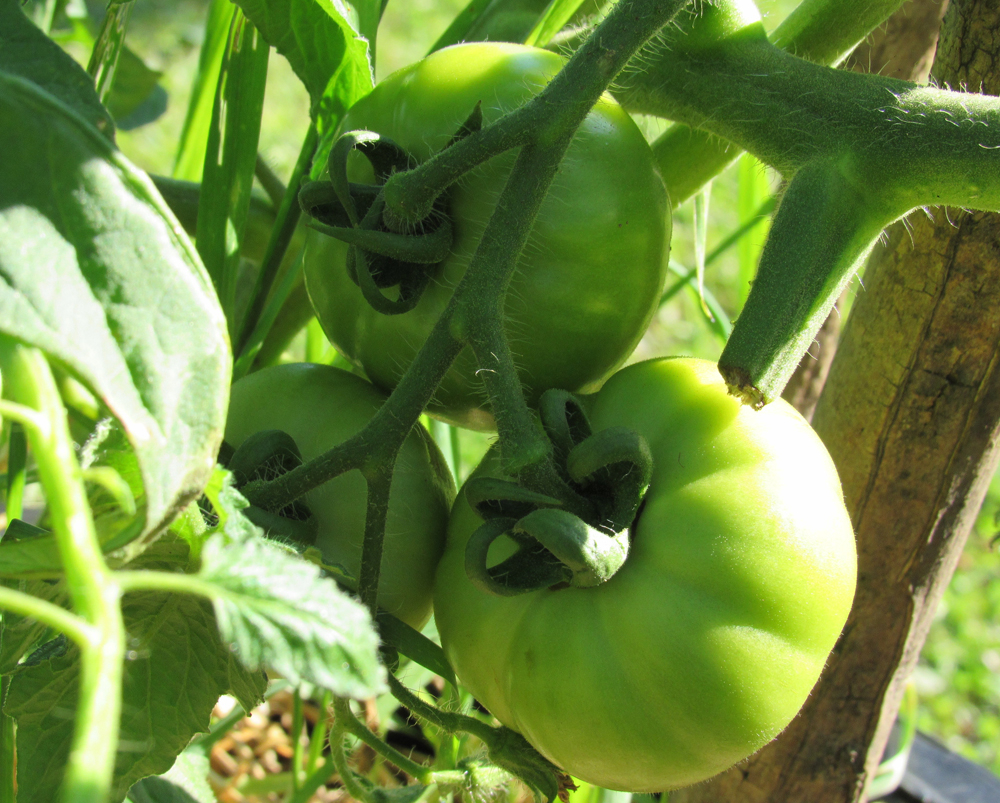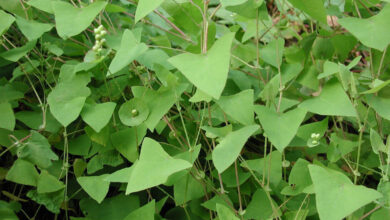Plant ID without AI

There are plenty of apps out there to help you identify plants, and they can be helpful resources, but you can also identify plants on your own using actual reality and your own human intelligence. Part of the fun of learning about the world of plants is experiencing it first-hand and using your own knowledge and observational skills to identify and appreciate plants.
Plant identification begins by looking carefully at a single plant. The Brooklyn Botanic Garden says you need to get into the habit of recognizing some defining features. You can use morphology – learning the basics about a plant’s visible form – to develop the habit of noticing specific patterns among individual plants.
You then begin to group plants into categories – such as the family to which they belong. Family is the taxonomic classification just above genus and species. Distinct species within a plant family often share similar characteristics.
As an example, the Brooklyn Botanic Garden points to the rose family. This family includes cherry trees, almonds and strawberries, plants you might not think of as being related, but they all have serrated leaf margins; their leaves are toothed in a particular pattern. Pairing leaf edge with other indicators can narrow down what plant you are attempting to identify.
Botanists work their way through a series of questions to help them identify plants. Starting with general questions, the process progresses to a high level of detail. With broadleaf plants, for example, look to see how the leaves are arranged along the stem. Oppositely arranged leaves are in pairs along the stem. Alternately arranged leaves stagger from side to side along the stem. The Brooklyn Botanic Garden suggests using an acronym – “MAD-Cap-Horse” – for recalling plants with opposite leaves. Maples, ashes, dogwoods, members of the honeysuckle family (Caprifoliaceae) and horsechestnuts all have opposite leaves, for example.
Consider also that you observe plants at different times during the growing season. If the plant is flowering, you can count flower petals, sepals, pistils or stamens and look up more detailed information later.
It is easier to identify plants that are leafed-out as leaf shape offers many clues. Sweetgum leaves are star-shaped; ginkgo leaves are fan-shaped, sassafras leaves have three different shaped leaves. Leaves can be sagitate – shield-shaped; hastate – arrow-shaped; cordate – upside-down heart shaped and more.
Even smell and touch can help with identification. Plants in the mint family have square-shaped stems (some you have to feel with your hands because it is too subtle to see) and distinct minty smelling leaves. Think of the pungent smell of marigold leaves or yarrow leaves, too, and you realize how helpful scent can be to plant ID.
There are many books available to help you get started with plant identification including Botany in a Day and Botanical Field Guide. Look for classes on plant and tree identification and begin to experience the satisfying ability to identify plants on your own.







